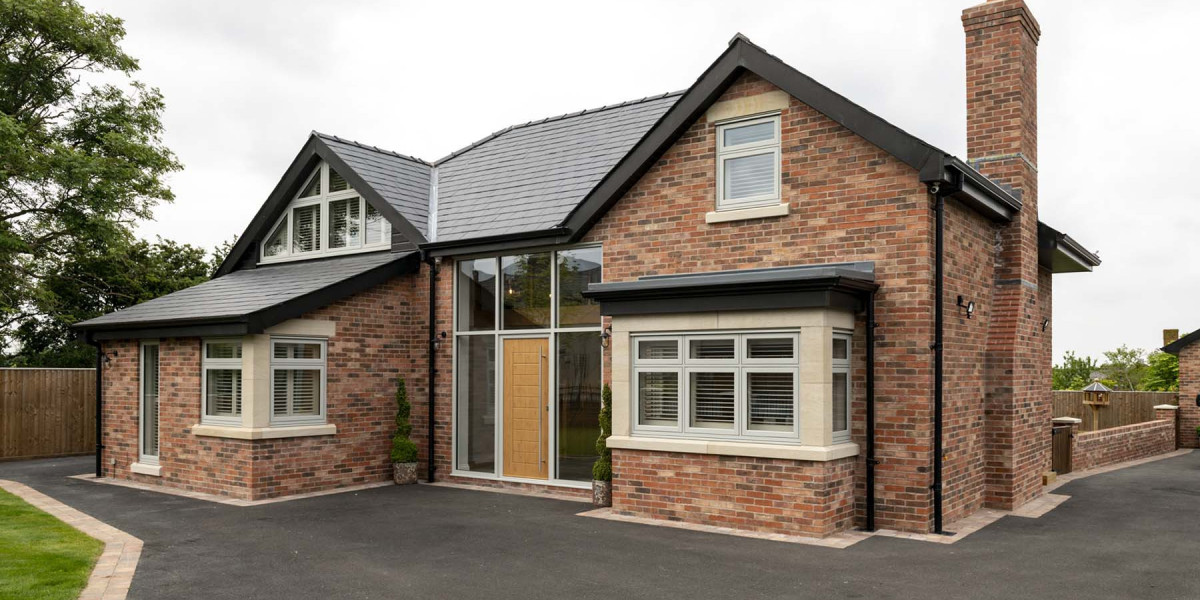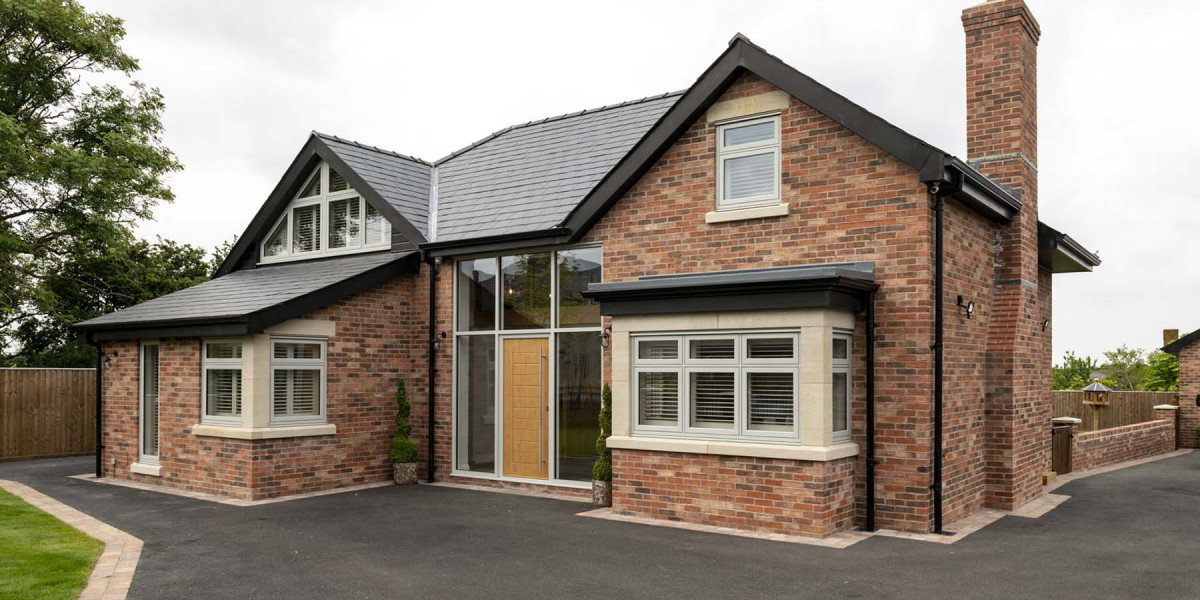The HRV Heating System, also known as a Heat Recovery Ventilation System, represents an advanced method for enhancing both indoor air quality and energy efficiency within residential properties. Unlike traditional ventilation methods, which can result in significant heat loss, an HRV system carefully manages air exchange to retain warmth while ensuring a constant supply of fresh air.
At its core, the HRV system functions by extracting stale, warm air from inside your home and replacing it with fresh, filtered air from the outside. During this process, heat from the outgoing air is transferred to the incoming air through a specialised component known as the heat exchanger. This ensures that your home remains warm while reducing the need for extra heating, resulting in lower energy consumption.
Additionally, HRV systems incorporate features such as filters that remove airborne particles and allergens, making them ideal for households where occupants suffer from respiratory conditions. These systems are also highly versatile and can be tailored to suit different climates and house sizes. The inclusion of fans and ventilation ducts enables a controlled and consistent airflow throughout the property.
By combining energy efficiency with enhanced air quality, HRV systems are an effective choice for modern homes seeking sustainable and comfortable living solutions. Their ability to minimise heat loss without compromising fresh air supply makes them an increasingly popular option.
How the Hrv Ventilation System Works
The HRV Ventilation System utilises a heat exchanger to transfer warmth from the outgoing stale air to the incoming fresh air. This mechanism ensures that the heat energy already present in your home is not wasted, allowing for efficient air exchange without significant temperature loss. As the system extracts warm, stale air from areas such as kitchens and bathrooms, it simultaneously draws in fresh, cool air from the outside. These air streams pass through separate channels within the heat exchanger, ensuring that they do not mix while allowing heat to be transferred effectively.
Fans within the system regulate the flow of air, maintaining a consistent exchange rate and ensuring adequate ventilation throughout the home. Filters are positioned at the air intake points to remove dust, allergens, and other airborne pollutants, ensuring the incoming air is clean and safe to breathe. The ductwork guides the movement of air to and from different areas of the house, ensuring all spaces are adequately ventilated.
Advanced HRV systems may include additional features, such as humidity control, which helps maintain a balanced indoor environment by regulating moisture levels. This is particularly useful in climates with high humidity or in homes prone to condensation. Together, these components and processes work in tandem to enhance indoor air quality and lower energy consumption.
Choosing the Right HRV System for Your Home
When selecting an HRV system for your home, it’s crucial to assess your specific needs to ensure optimal performance and efficiency. Start by considering the system's capacity, which should align with the size of your home and the volume of air that requires ventilation. An undersized unit may struggle to perform effectively, while an oversized system could lead to unnecessary energy consumption.
Additionally, consider the climate in which you live. For example, homes in regions with high humidity may benefit from systems equipped with dehumidification features, while those in colder areas might prioritise enhanced heat recovery efficiency. Modern HRV systems often provide advanced features such as variable speed controls, which allow for more customised airflow rates to suit changing conditions.
Noise levels are another factor to examine, particularly if the system is to be installed near living or sleeping areas. Look for systems specifically designed for quiet operation. Energy ratings are equally critical—choosing a highly energy-efficient model can result in long-term savings on utility bills. Finally, ensure that the system’s design and installation will accommodate the existing layout of your home, including the location of ventilation points and available space for ductwork and equipment placement.
Installation Process of HRV Systems
Proper installation of an HRV system is key to ensuring optimal performance and longevity. Begin by consulting the system’s manual and assessing your home’s specific ventilation requirements. It’s advisable to hire a professional installer, particularly for homes with complex layouts or extensive ductwork needs. The first step involves determining the placement of the main HRV unit, typically located in a utility room or loft, where it is easily accessible for future maintenance and servicing.
Next, install the ductwork to facilitate the flow of stale and fresh air. Separate ducts are used for exhaust and supply air to prevent cross-contamination. Ensure ducts are well-sealed and insulated, especially if they pass through unheated spaces, to minimise heat loss. The intake and exhaust vents should be positioned externally, away from potential obstructions or sources of pollution.
The system must then be connected to the home’s electrical supply by a qualified technician. Once the connections are secure, test the airflow rates and adjust the settings to achieve the desired ventilation levels. Ensure filters are properly fitted to protect the system from dust and debris. Finally, the installer should provide a demonstration of the system's operation and maintenance procedures to facilitate ease of use.
H3: Maintenance and Upkeep of HRV Systems
To ensure the HRV system operates efficiently, it’s vital to establish a regular maintenance routine. Filters are a critical component and should be inspected and cleaned every few months to prevent the build-up of dust and allergens. Neglecting filter maintenance can reduce airflow and impair the system's performance. Replace filters as per the manufacturer’s recommendations, as worn-out filters are less effective at trapping pollutants.
The heat exchanger, a central element of the system, requires periodic inspection to check for any dirt or residue that might hinder its efficiency. Cleaning this component with care will help maintain its heat recovery capabilities. Ductwork should also be assessed regularly for leaks or blockages. Any obstructions can disrupt airflow and reduce overall efficiency, so it’s essential to remove debris promptly.
Fans and vents must be kept clear of dust and grime to ensure optimal air circulation. Additionally, external vents should be checked to make sure they are not obstructed by leaves, snow, or other environmental factors. If the system includes sensors or advanced controls, ensure these are functioning correctly by testing them periodically. Regular attention to these tasks will prolong the system’s lifespan and sustain its performance.
Energy Efficiency and Cost Savings with HRV Systems
The integration of HRV systems into homes has become an effective way to reduce energy consumption and heating expenses. Unlike conventional ventilation systems, which often lead to significant heat loss, HRV systems are designed to retain the thermal energy present within the property. As the system extracts warm, stale air, it transfers the heat to the incoming fresh air through its highly efficient heat exchanger, minimising the need for additional heating.
By maintaining a steady indoor temperature, HRV systems reduce the strain on central heating systems, allowing them to operate less frequently and consume less energy. This reduction in heating demand translates directly into lower utility bills. Additionally, these systems contribute to cost savings by addressing issues such as condensation, which can lead to dampness and structural damage. By regulating indoor humidity levels, the system reduces the likelihood of costly repairs or remedial work caused by moisture build-up.
For households utilising renewable energy sources, such as solar or wind power, HRV systems complement these technologies by maximising energy efficiency. Moreover, many modern HRV systems feature variable speed controls, allowing homeowners to adjust airflow rates based on seasonal changes or occupancy levels, further optimising energy use and minimising unnecessary expenses.
Environmental Impact of HRV Systems
Here are 5 Key Points on the Environmental Impact of HRV (Heat Recovery Ventilation) Systems:
1. Improved Energy Efficiency
HRV systems recover heat from exhaust air and transfer it to incoming fresh air, reducing the need for additional heating or cooling. This leads to lower energy consumption, especially in cold climates, making buildings more environmentally friendly.
2. Reduction in Greenhouse Gas Emissions
By decreasing the reliance on HVAC systems for temperature regulation, HRV systems help cut down CO₂ and other greenhouse gas emissions associated with heating and cooling, especially when powered by fossil fuels.
3. Enhanced Indoor Air Quality with Lower Environmental Cost
HRVs allow for continuous ventilation without significant heat loss, maintaining air quality while minimizing energy waste. This balances human health benefits with reduced environmental strain compared to traditional ventilation methods.
4. Use of Sustainable Materials and Components
Modern HRV systems are increasingly designed with eco-friendly materials, such as recyclable metals and plastics, as well as energy-efficient motors and fans. This improves the system’s overall sustainability profile throughout its lifecycle.
5. Lifecycle Energy Savings vs. Initial Impact
While manufacturing and installing HRV systems require energy and materials (which have an environmental footprint), the long-term operational savings in energy use generally outweigh the initial impact, especially in well-insulated buildings.
Common Misconceptions about HRV Systems
Several misunderstandings surround HRV systems, which may deter potential users from adopting this energy-efficient technology. One common misconception is that HRV systems consume excessive amounts of energy, negating the cost savings they claim to provide. In reality, these systems are engineered for energy efficiency, with most modern models consuming only a small amount of electricity to operate the fans and controls. The energy savings achieved by retaining heat during ventilation far outweigh the minimal power usage.
Another mistaken belief is that HRV systems are excessively noisy. While older models may have been louder, advancements in technology mean contemporary systems are designed for quiet operation, often producing no more noise than a standard kitchen fan.
Additionally, some people assume that HRV systems are only relevant in extremely cold climates. However, they are beneficial in a range of climates as they manage air quality, humidity levels, and heat recovery. Others worry about complex installation processes; while it’s true that professional installation is recommended, this ensures the system is configured for optimal performance.
Finally, many homeowners believe that maintaining HRV systems is burdensome. In truth, regular cleaning of filters and occasional inspections are straightforward tasks that can be easily integrated into a routine.
Conclusion
Hrv Heating System represent a progressive approach to maintaining a healthier, more energy-efficient home environment. By seamlessly combining heat recovery with effective ventilation, they address key challenges associated with traditional methods, such as energy waste and inconsistent air quality. Their ability to balance fresh air intake with heat retention ensures homes remain comfortable throughout the year, regardless of external conditions. The inclusion of advanced features, such as humidity regulation and filtration, further enhances their utility, making them suitable for a wide range of households. Proper installation and regular upkeep are essential to maximise their efficiency and longevity. Opting for an HRV system designed to suit the specific size and layout of your home, while also considering the climate and individual needs, can help homeowners achieve optimal results. Moreover, these systems align with modern priorities of reducing carbon footprints and conserving energy, presenting an ideal solution for those looking to adopt sustainable living practices. While initial installation may require careful planning and professional expertise, the long-term benefits of improved air quality and energy savings make HRV systems a worthwhile investment.
6 FAQS
1. How does an Hrv Heating System manage indoor humidity?
Hrv Heating System often include humidity control features that help maintain balanced moisture levels, thereby reducing issues such as condensation and dampness.
2. What kind of maintenance does an HRV system require?
Maintenance typically involves cleaning or replacing filters, inspecting the heat exchanger for dirt, and ensuring the ductwork and vents are free from obstructions.
3. Can an HRV system operate quietly?
Modern HRV systems are designed for quiet operation, with noise levels comparable to everyday appliances, ensuring minimal disturbance.
4. Are HRV systems energy-efficient in all seasons?
Yes, HRV systems adjust to different seasons by efficiently recovering heat in colder months and ventilating effectively in warmer conditions.
5. Do HRV systems improve air quality?
Yes, they filter incoming air to remove allergens, dust, and pollutants, ensuring a healthier indoor environment.
6. Can an HRV system be customised for my home?
HRV systems can be tailored to suit your home’s size, layout, and specific ventilation needs, ensuring effective performance.
Related Business Listings |













